Search
Search Results

Image
Third Dynasty of Ur c.2050-1950 BCE - Sumerian Temples, Tablets, and the Birth of Legal Tradition in Ancient Mesopotamia
This map illustrates the rise of the Sumerian city-state of Ur following the collapse of the Akkadian Empire (reign: circa 2334–2154 BCE). In the aftermath of political fragmentation and regional instability, Ur emerged as a leading center...
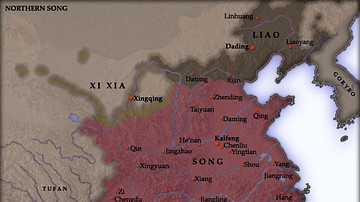
Image
Northern Song Dynasty Map
A map indicating the territory of the Northern Song Dynasty of China, 960-1125 CE.
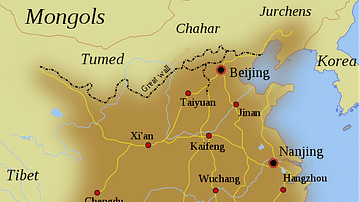
Image
Map of the Ming Dynasty Territory
A map indicating the territory controlled by the Ming Dynasty (1368 to 1644 CE) in the late 16th century CE.
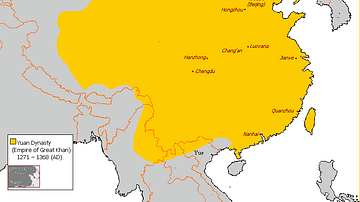
Image
Map of Yuan Dynasty China
A map indicating the territory of the Mongol Yuan dynasty of China (1271-1368 CE).

Image
The Roman Empire during the Flavian Dynasty, 69 - 96 CE
A map illustrating the territorial extent and political boundaries of the Roman Empire during the Flavian Dynasty, around 96 CE. Although a short-lived sequence of reigns from Vespasian (69 - 79 CE) through Titus (79 – 81 CE), until Domitian...
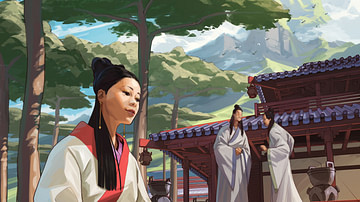
Image
Palace Scene in Zhou Dynasty China
Artist's impression of a palace scene in Zhou Dynasty China. Created by Amplitude Studios for the video game Humankind.
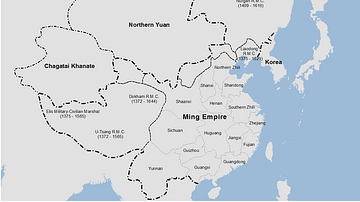
Image
Ming Dynasty Empire, c. 1409 CE
The Ming Dynasty Empire (1368-1644 CE) at the time of the Yongle Emperor (aka Chengzu r. 1403-1424 CE).
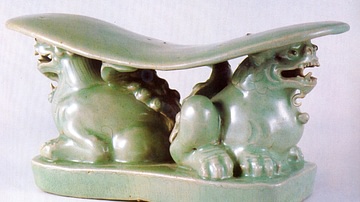
Image
Celadon lion Pillow, Goryeo Dynasty
A celadon pillow in the form of two lions. 12th century CE, Goryeo Dynasty, Korea. (Leeum, Samsung Museum of Art, Seoul, South Korea)
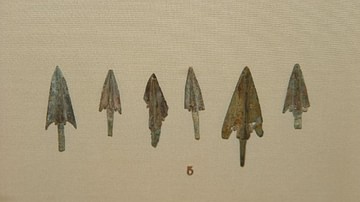
Image
Shang Dynasty Arrowheads
Bronze arrowheads from Shang dynasty China. 1200-1050 BCE. (British Museum, London)
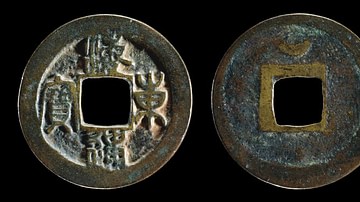
Image
Bronze Korean Coin, Goryeo Dynasty
A bronze coin of the Korean Goryeo Dynasty, 1097-1105.
The legend reads: Haedong tongbo meaning 'Coin of the Land East of the Sea' (Korea).
The British Musem, London.